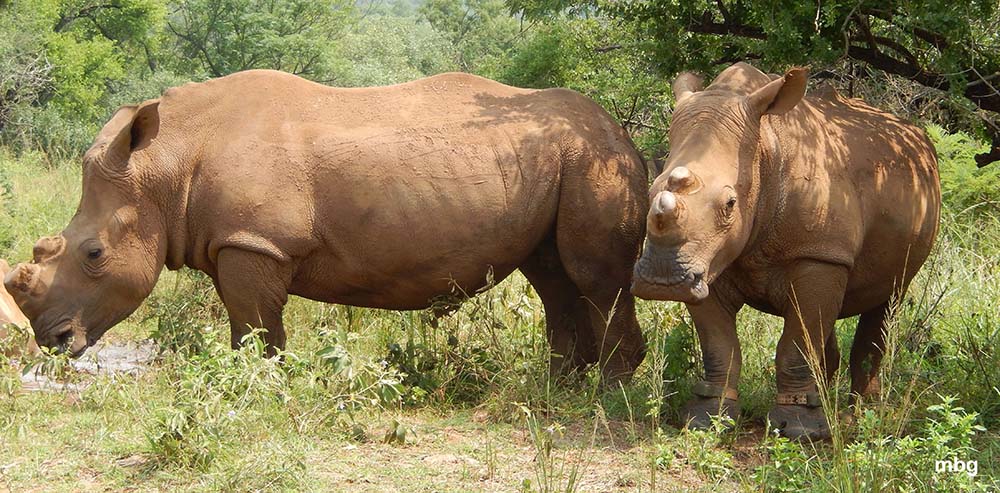Throughout 2018, American teens have worked to prove their investment in this world and its well-being. Young people take interest in a wide a range of issues, but inevitably some headlines spur greater passion than others. In recent weeks, one matter has risen above the rest: rhinoceros poaching. Americans have long been aware of the dangers facing this species, but a recent social media campaign has prompted teens to readdress the issue. On November 25, Sam Kolder, a filmmaker and photographer best known for his online presence, posted a video about the subject. Kolder shows footage of harmed rhinos that he believes, “the world needs to see.” These dramatic images, coupled with the startling statistics Kolder reads, ask for a strong reaction. The video progresses towards a theme of empowerment, asking viewers to spread the message by reposting the video. Kolder hopes increased awareness will provide, “the funds needed to win this war.”
Many organizations work to fight rhinoceros poaching but often follow different strategies. While some support first-aid teams specialized in the treatment of harmed rhinos, others work to track potential poachers. Vetpaw, the organization Kolder features in his video, focuses on this same offensive approach, combining the militarized tracking of poachers with an advanced treatment that reduces the value of the rhino horn. By injecting a non-harmful dye into the rhinoceros horn, Kolder claims the rhino loses its value to poachers. It is unclear if this treatment is indeed effective, as rhino carcasses can still be sold for large sums of money, with or without the horn.
While support for these organizations is promising, it is unclear whether Vetpaw is the best outlet for change. The Vetpaw website describes the group as a 501(c)(3) tax exempt organization, a label signifying that it is a charity. In order to remain tax exempt, charitable organizations must annually file a Form 990 N, providing a review of how they handle and distribute money. According to Charitynavigator.org, an online resource that evaluates charities based on their finances, Vetpaw has not filed this form since December 2015. Based on this information, there appears to be no independent party monitoring Vetpaw, suggesting that Vetpaw is not the most reliable organization for rhino protection. In spite of this, Kolder reports that Vetpaw has received over $100,000 in donations over the past week, “because of the video.” This video gained almost 4.5 million views just in one week, with over one million likes and countless reposts, each advocating for further donation towards Vetpaw. Perhaps this signals that social media users, many of whom are teens, do not perform extensive research when it comes to making donations. This signals a greater lack of understanding on how charities utilize their donations.
This awareness-driven campaign also raises a question regarding the productivity of awareness. After all, while Kolder’s video was an important reminder of the hazards rhinos face, it is unclear if reposting this video can improve the issue, especially if in doing so, viewers support an untrustworthy organization. For many accounts, their reposts mark the end of their action against rhino poaching. However, if teens truly care about an issue, social media campaigns should be only their first step in making a difference. Activists must continue to learn about the issue, and based on further information, work towards a positive solution. Of course, I myself don’t know the answer. However, I hope that those who take interest in rhinos will pursue an informed solution that dismantles the rhinoceros poaching culture. By doing this, teens will ultimately prove their investment in this world and its well-being.

